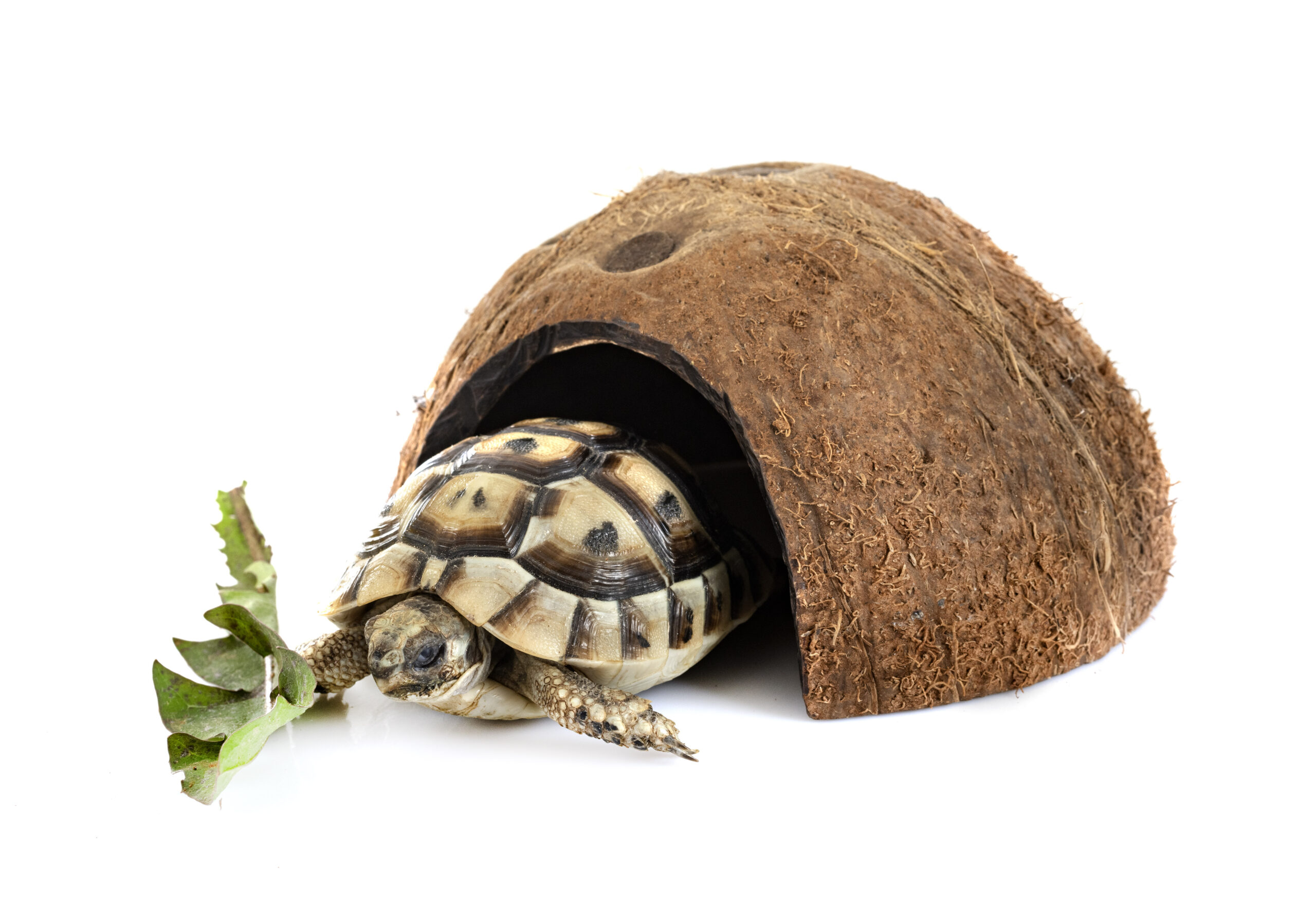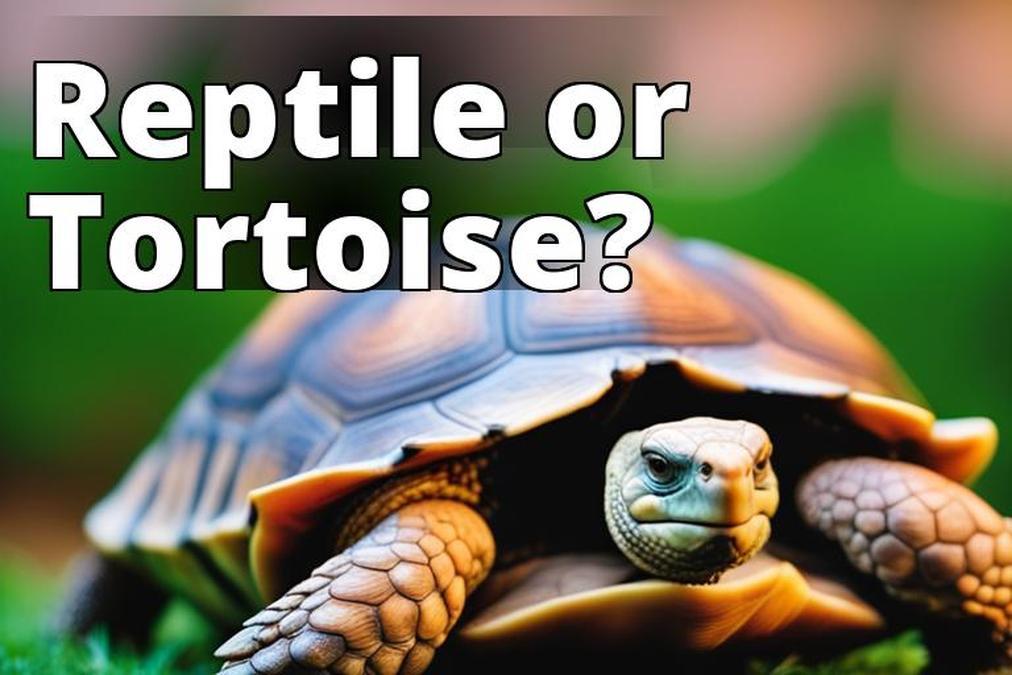Have you ever wondered why turtles seem to have an aversion to the color black? It’s a curious observation that many turtle owners have made, prompting questions about the reasons behind this peculiar behavior.
As you ponder this intriguing phenomenon, it’s important to consider the complex world of turtle perception and behavior. Join us as we delve into the fascinating realm of turtle senses and instincts, seeking to unravel the mystery behind their apparent dislike for the color black.
Key Takeaways
- Turtles have poor color vision and perceive the color black as a potential threat, triggering defensive or aggressive behaviors.
- Different turtle species have varying aversion to the color black, with some showing no aversion or even preferring it.
- Turtles associate the color black with their natural predators and mistake black objects for predators or territorial turtles.
- Understanding the reasons behind turtles’ aversion to black can help create a suitable environment for them and manage their behavior.
Unearthing the Basics: Turtles and Their Color Perception

So, you’re curious about how turtles perceive color. Let’s start by understanding how turtles see color and whether they’ve color vision like humans.
It’s also fascinating to explore how different turtle species may have varying abilities to perceive dark colors.
Let’s uncover the basics of turtles’ color perception and gain insights into their visual world.
Understanding How Turtles See Color
To understand how turtles perceive color, it is essential to recognize that they rely on different sensory cues and instincts for survival, rather than perceiving colors in the same way humans do. Turtles’ color vision and perception of the color black play a significant role in their behavior. The table below provides insight into how turtles perceive the color black:
| Aspect of Perception | Impact on Turtles |
|---|---|
| Aversion to black objects | Triggers defensive instincts |
| Aggressive behavior | Perceive black items as threats |
| Sensitive skin | Black objects mistaken for predators or other turtles |
Turtles’ aversion to black objects, ranging from shades of black to black items, influences their behavior and interactions with their environment. Understanding these aspects can help in effectively managing turtles’ behavior and ensuring their well-being.
Do Turtles Have Color Vision Like Humans?
Understanding turtles’ color vision can provide valuable insights into their perception of the world and how they interact with their environment.
While turtles perceive colors, their sense of color is different from humans. Turtles have poor color vision and aren’t able to see the full spectrum of colors that humans can. Instead, they can perceive certain colors, and their perception of color is essential for their survival.
For example, turtles may dislike the color black due to their natural instincts associating it with potential threats, like predators such as snakes and birds. This perception can lead to defensive or aggressive behaviors towards black objects.
Species Variation in Color Perception Among Turtles
Turtles’ limited color vision impacts their perception of the environment and influences their responses to various stimuli, including the presence of specific colors. When it comes to color perception, there is a significant species variation among turtles. This means that different species of turtles may perceive and respond to colors differently. To illustrate this variation, let’s take a look at how different species of turtles perceive the color black:
| Species | Color Perception |
|---|---|
| Species A | Aversion to black color |
| Species B | No aversion to black color |
| Species C | Neutral response to black color |
| Species D | Preference for black color |
| Species E | Indifference to black color |
This table highlights the diverse range of responses to the color black among different turtle species, emphasizing the importance of considering species variation in understanding turtles’ color perception.
How Turtles and Tortoises Perceive Dark Colors
When observing how turtles and tortoises perceive dark colors, it becomes evident that their responses vary based on their species, environment, and individual characteristics.
Turtles and tortoises don’t perceive colors in the same way humans do, but they can still have aversions to certain colors, including dark ones like black. Some turtles and tortoises may show signs of aggression or aversion when encountering black objects, possibly due to their sensitive skin or the contrast it creates in their environment.
It’s important to understand that individual preferences and behaviors play a significant role in how turtles and tortoises perceive dark colors. Providing them with a suitable environment that takes into account their unique sensory cues and instincts is crucial for their well-being.
Drilling Down: Why Turtles Show Aversion to Black Color?
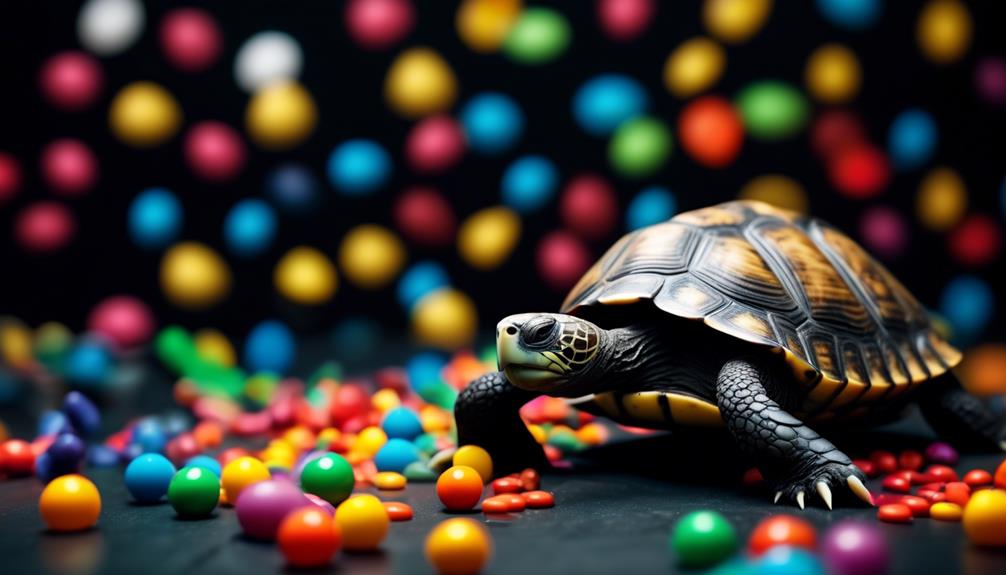
You might be wondering why turtles seem to show aversion to the color black. Let’s explore the evidence to determine if turtles really hate the color black and the science behind their aversion.
Understanding why turtles may associate the color black with danger and unraveling the connection between black snakes and turtles’ fear of black will shed light on this intriguing behavior.
Exploring the Evidence: Do Turtles Really Hate the Color Black?
Surprisingly, despite popular misconceptions, there’s no evidence to support the claim that turtles specifically exhibit aversion towards the color black. While it’s often thought that turtles hate black based on anecdotes like a pet turtle attacking a black shoe, it’s important to understand that turtles don’t see color the way humans do.
Turtles have evolved to rely on other sensory cues and instincts for survival, and their behavior towards black objects isn’t based on a color preference. It’s crucial to remember that different turtle species have varied behaviors and preferences, so it’s essential to consider individual needs when caring for them.
Therefore, there’s no scientific evidence to support the idea that turtles have an aversion to the color black.
The Science Behind Turtles’ Aversion to Black
Transitioning from our previous discussion on turtles’ aversion to the color black, it’s imperative to understand the underlying reasons behind this behavior and its implications for managing pet turtles effectively.
Here’s a breakdown of the science behind turtles’ aversion to black:
- Turtles perceive black objects as potential threats due to their association with natural predators like snakes, crows, and ravens.
- They may mistake black items for other turtles, triggering territorial behavior and aggression.
- Understanding turtles’ aversion to black can help prevent potential attacks and manage pet turtles effectively.
- Turtles may exhibit a dislike for black footwear specifically, showing a preference for certain colors.
It’s crucial to consider these factors when caring for pet turtles and to introduce them to various colored objects to help reduce their aversion to black items and minimize aggressive behavior.
Why Turtles May Associate the Color Black with Danger
Turtles may associate the color black with danger due to its resemblance to natural predators and the potential threat it represents to their survival. This response to black could be instinctual, as turtles in the wild encounter various predators with dark-colored shells or skin.
Additionally, turtles are known to be sensitive to temperature, and black objects absorb more heat, potentially posing a threat to turtle eggs in nests.
As a turtle owner, you might’ve observed your turtle showing aggression towards black objects. These observations suggest that turtles may associate the color black with potential dangers, leading to their aversion or aggressive behavior towards this color.
Understanding these associations can help turtle owners create environments that are conducive to their pets’ well-being.
Unraveling the Connection Between Black Snakes and Turtles’ Fear of Black
Exploring the correlation between the presence of black snakes and turtles’ aversion to the color black sheds light on the potential impact of natural predators on turtles’ color associations and defensive behaviors. This connection is intriguing and may provide insights into the fear response of turtles towards the color black.
Here’s why the link between black snakes and turtles’ fear of black is worth considering:
- Turtles’ Sensitive Skin: Turtles have sensitive skin that can detect even subtle changes in their environment, including the presence of predators.
- Retreating Behavior: Turtles often retreat when they sense potential danger, and the presence of black snakes may trigger this response.
- Evidence of Attacks: Studies have shown that certain species of black snakes are known to prey on turtles, potentially contributing to the association between the color black and danger.
- Species-Specific Responses: Different turtle species may exhibit varying levels of aversion to the color black based on their unique predator-prey relationships.
Everyday Interactions: Turtles and Black Objects in a Domestic Setting
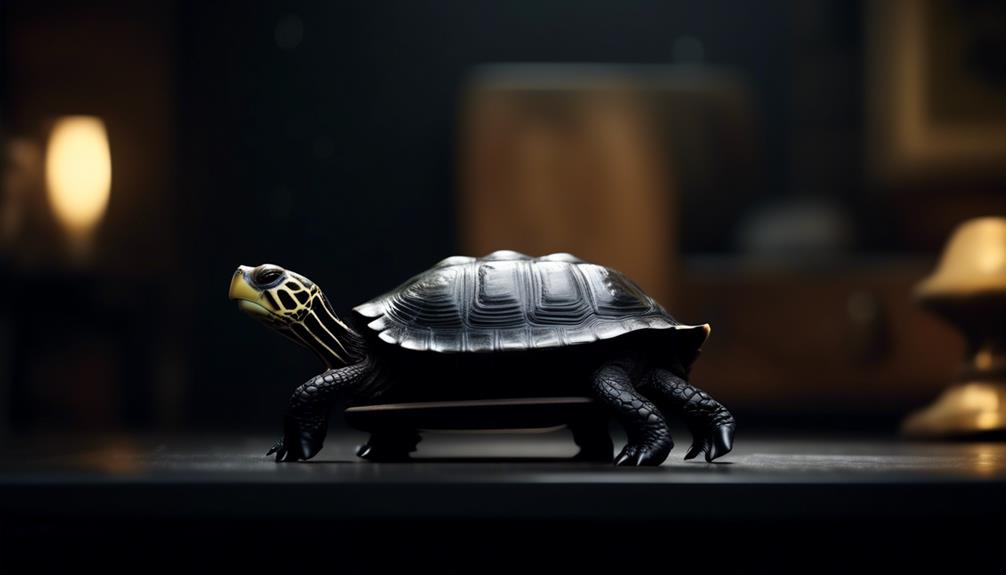
When living with a pet turtle, it’s essential to consider how their aversion to black objects may impact their daily interactions. Understanding the reasons behind their fear can help you create a more comfortable environment for your pet.
From decoding their fear of black shoes to assisting them in overcoming their fear of dark colors, addressing these everyday interactions can lead to a more harmonious relationship with your pet turtle.
Turtles and Black Shoes: Decoding the Fear
Frequently, black shoes may trigger a turtle’s instinctual fear responses due to their association with natural predators. When pet turtle owners wear black shoes or place them in the turtle’s environment, it can evoke fear and aggression in the following ways:
- Visual Perception: Turtles’ ability to see color is limited, but they can perceive black objects, especially in dim lighting.
- Instinctual Fear: Turtles associate the color black with potential threats in the wild, leading to defensive behaviors.
- Territorial Response: Some turtle species may mistake black shoes for other turtles, leading to territorial aggression.
- Skin Sensitivity: Turtles have sensitive skin and may react defensively to unfamiliar objects, especially those resembling predators.
Understanding these dynamics can help pet owners create a more comfortable and secure environment for their turtles, minimizing fear and aggression.
Do Turtles Attack Black Color Objects? A Pet Owner’s Perspective
Turtles’ reactions to black objects in a domestic setting often reflect their instinctual responses to potential threats in their environment. As a pet owner, it’s important to understand that turtles have a natural aversion to the color black because they associate it with predators like snakes, ravens, and crows. This instinctual aggression towards black objects may stem from the turtles’ need to defend themselves.
Some turtles may also mistake black objects for other turtles, triggering territorial behavior and aggression. Understanding these reasons behind turtle behavior and their aversion to black objects can help you effectively manage your pets and prevent potential conflicts.
It’s crucial to provide an environment that meets your turtle’s specific needs and preferences, taking into consideration their species, habitat, and individual personalities.
Helping Your Pet Turtle Overcome Its Fear of Dark Colors
If your pet turtle exhibits fear or aggression towards black objects in your home, understanding their instinctual aversion to the color can help you create a more comfortable and secure environment for them.
Here are some tips for helping your pet turtle overcome its fear of dark colors:
- Gradual Exposure: Introduce black objects slowly, allowing your turtle to acclimate at its own pace.
- Positive Reinforcement: Offer treats or favorite foods near black objects to create positive associations.
- Environmental Enrichment: Provide hiding spots and diverse decorations in the tank to reduce the focus on black items.
- Seek Professional Advice: Consult with a reptile specialist or veterinarian for personalized guidance on addressing your pet turtle’s fear.
Probing Deeper: Do All Turtles Hate Black?
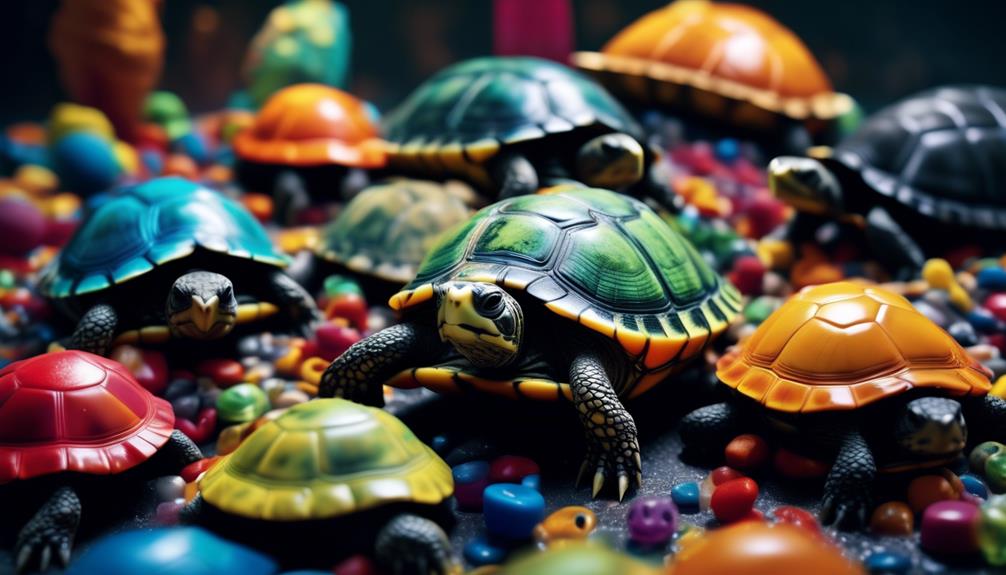
Curious if all turtles share the aversion to the color black?
Let’s explore if different turtle species have varying responses to this color.
Are there exceptions, with some turtles showing indifference towards black objects?
These points will provide valuable insights into the complex behaviors of turtles.
Determining if Turtles’ Aversion to Black is Species-Dependent
Determining whether turtles’ aversion to the color black is species-dependent requires a comprehensive examination of various turtle species’ responses to different colors in their environments. Here are some key points to consider:
- Sensitivity to Color: Different species of turtles may have varying levels of sensitivity to color, including black.
- Reaction to Black Objects: Observing how turtles from different species react to black objects can provide valuable insights.
- Skin Sensitivity: It’s important to investigate whether certain species have more sensitive skin that could be affected by the color black.
- Species-Specific Reasons: Understanding the specific reasons behind any aversion to black among different turtle species is crucial for drawing accurate conclusions.
Are Some Turtles Indifferent to Black? Exploring the Exceptions
Some turtles may exhibit indifference to the color black, displaying varying reactions to different colored objects in their environment. While many turtles may show aversion or aggression towards black items, there are exceptions within certain species.
For instance, some turtles with less sensitive skin may be indifferent to the color black, as it doesn’t trigger defensive behaviors or retreat responses. Evidence suggests that individual turtles, regardless of species, may have varying reactions to black objects based on their unique personalities and experiences.
It’s essential to understand these exceptions and reasons behind them, as it can help in managing turtles effectively. Owners can observe their turtles’ responses to different colors and gradually introduce them to black items to help them overcome any aversion.
Aligning Perceptions with Truth: Dispelling Common Myths About Turtles and the Color Black

You’ve likely come across the misconception that turtles have a deep-seated aversion to the color black. However, it’s crucial to dispel this myth and understand the actual reasons behind turtles’ behavior.
By debunking the unfounded belief that turtles attack black objects and clarifying the truth about their color perception, we can align our understanding with the reality of turtles’ preferences and behaviors.
Let’s examine the genuine factors that influence turtles’ interactions with the color black and unravel the truth behind this common misconception.
Debunking the Myth of Turtles Attacking Black Things
Despite popular belief, there’s no evidence to support the notion that turtles have a natural aversion to the color black. Turtles don’t perceive colors in the same way humans do, and their behaviors aren’t driven by color preferences.
To debunk the myth of turtles attacking black objects, it’s crucial to consider the following:
- Lack of Evidence: There’s no scientific evidence to suggest that turtles are more likely to attack or avoid black objects compared to objects of other colors.
- Sensory Perception: Turtles rely on various sensory cues, such as smell and touch, rather than visual perception, to interact with their environment.
- Species Variability: Different turtle species have diverse behaviors and preferences, making it unlikely for all turtles to share a common aversion to a specific color.
- Reasons for Behavior: Turtles may exhibit defensive behaviors for reasons unrelated to the color of an object, such as protecting themselves or their territory.
Turtles Don’t Hate Black: Making Sense of the Misconceptions
Dispelling the myth of turtles attacking black objects, it is crucial to understand the reasons behind their behavior and how to effectively manage their aversion to the color black. Turtles don’t hate black; their behavior is rooted in instinctual responses and associations. By comprehending these factors, you can create a suitable environment for them. Here’s a closer look at the misconceptions and the truth about turtles’ behavior regarding the color black:
| Misconceptions | Making Sense | Management |
|---|---|---|
| Turtles hate black | Turtles don’t perceive color like humans | Provide varied colored objects |
Understanding the reality behind turtles’ behavior is vital in caring for them properly. By dispelling these misconceptions, you can ensure a harmonious coexistence with your turtle.
Understanding the Real Reasons Behind Turtles’ Behavior Towards Black
Understanding the real reasons behind turtles’ behavior towards the color black requires delving into their instinctual responses and associations. Here are some insights to help you comprehend their behavior:
- Defensive Instincts: Turtles can become aggressive when encountering black objects due to associating the color with their natural predators.
- Perceived Threat: The color black triggers defensive instincts in turtles, leading them to attack black objects, mistaking them for predators or other territorial turtles.
- Predator Association: Predators of turtles, such as snakes, ravens, and crows, are often black, contributing to the aversion.
- Species Variability: Turtles’ behavior towards the color black can vary based on their species, habitat, and individual personalities.
These factors contribute to turtles’ behavior towards black, highlighting the importance of understanding their natural instincts and sensitivity to perceived threats.
Conclusion
So, next time you see your turtle shying away from a black object, remember that it’s not personal. Turtles perceive the world differently from us, and their aversion to the color black is just a part of their unique sensory experience.
By understanding their preferences and behaviors, we can create a better environment for our shelled friends and appreciate the fascinating world of turtles even more.
FAQ
Q: Why do turtles hate the color black?
A: There is a common belief that turtles hate the color black, however, there is no scientific evidence to support this claim. Turtles do not have the ability to perceive colors in the same way humans do, so it is unlikely that they have a specific aversion to the color black.
Q: Do turtles perceive colors?
A: Turtles are able to see colors, but their color perception is different from that of humans. They can see certain colors, but it is unclear how they perceive and interpret them.
Q: Can turtles see in the dark?
A: Some turtle species have the ability to see in low light conditions, but they do not have night vision like some other animals. Their vision is adapted to their natural habitats, which may include dimly lit environments.
Q: Why do turtle owners believe that turtles hate the color black?
A: It is possible that some turtle owners have noticed a particular behavior when their turtles are around black objects, leading to the belief that turtles hate the color black. However, this belief is not supported by scientific evidence.
Q: Do turtles hate black shoes or other black objects?
A: Turtles do not possess the capacity to hate specific colors or objects. Their behavior around black items may be attributed to other factors such as curiosity or natural instincts, rather than an aversion to the color black.
Q: What reasons could explain turtles retreating into their shells around black objects?
A: When a turtle retreats into its shell in the presence of black objects, it could be a natural response to perceived danger or a defensive mechanism. It is not necessarily an expression of aversion towards the color black.
Q: Are turtles able to attack black objects because they think they pose a threat?
A: Turtles are fascinating creatures, but they do not possess the cognitive ability to perceive objects as specific threats based on their color. Any interaction with black objects would likely be driven by natural behaviors and instincts.
Q: Can turtles and tortoises see the color black in the same way?
A: Both turtles and tortoises have similar visual capabilities and limitations. Their ability to perceive colors, including black, is likely to be comparable, but the exact nature of their color vision is still not fully understood.
Q: Is it true that turtles have a preference toward black objects?
A: There is no scientific evidence to suggest that turtles have a specific preference for or aversion to black objects or colors. Any observed behaviors around black items are more likely to be related to natural instincts, rather than color preference.
Q: What should I know about turtles and their perception of colors?
A: Understanding how turtles perceive colors is an ongoing area of research. While they may have the ability to see certain colors, the extent of their color vision and how they interpret different colors is still a subject of scientific inquiry.






